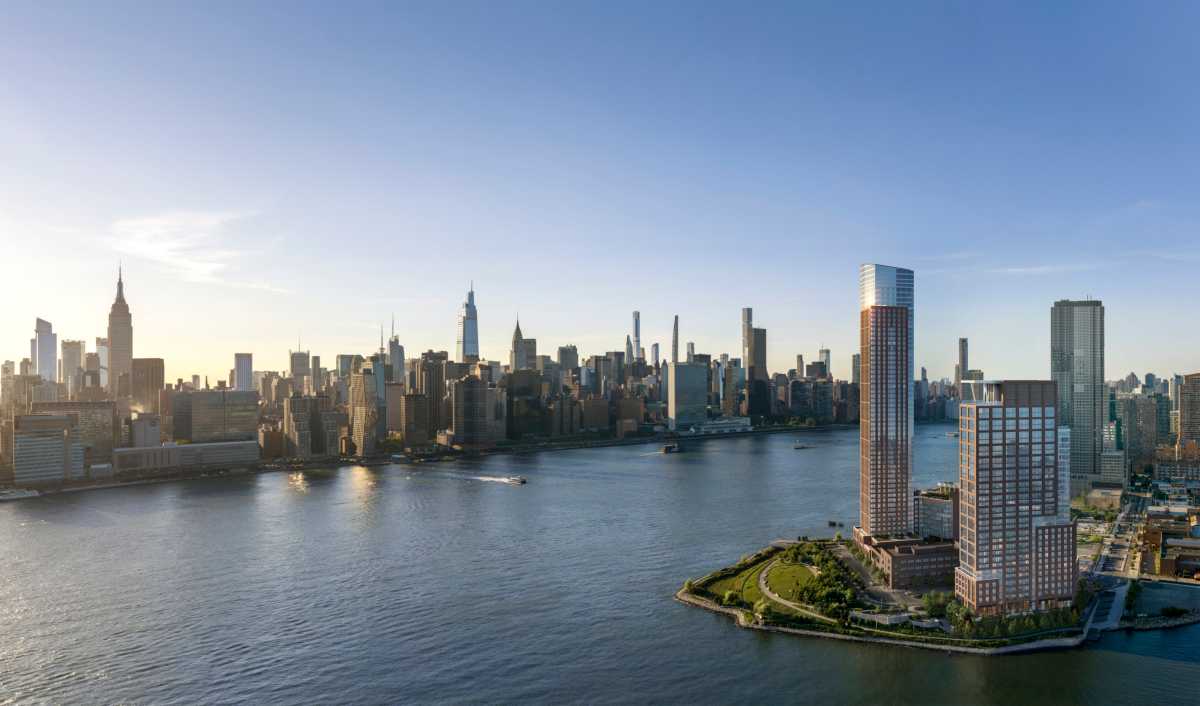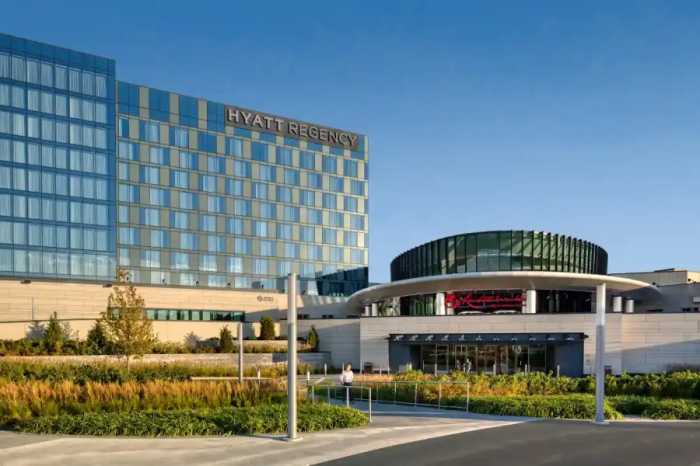Hunters Point in Long Island City has been named the third most apartment-crazed neighborhood nationally, topping the list in New York City, according to a survey by RentCafe.
Highly sought after for their convenient locations, vibrant amenities and thriving social environments, urban neighborhoods around the nation have seen a boom in new apartments in the last five years, with about 1.6 million new rentals built in that time frame.
The survey found the top 20 most active neighborhoods have delivered a staggering 80,000 brand-new rental units alone from 2017 to 2021. Leading the list is Downtown Los Angeles.
In the last five years, developers in Hunters Point added a fresh batch of 5,423 new rental units, representing 53% of all of the newly built apartments in Queens.
Most people know Hunters Point as the place to catch a brilliant view of the Manhattan skyline, but it’s also a neighborhood that has seen a lot of transformation in the last few years, especially in real estate.
Starting as an industrial, factory-ridden neighborhood, Hunters Point has grown into a premier residential enclave for renters and owners alike, thanks to an abundance of ultra-luxe condos and apartments.
With just one subway stop from Midtown Manhattan, it is also ideal for residents who want to remain close to Manhattan, said Bryan Kelly, president of development at Gotham Organization.
“The development in Hunters Point South is part of a master plan conceived by the city to create a large mixed-income community on underutilized land to meet the ever-growing need for equitable access to housing,” Kelly said.
The plan includes the Gotham Point site, TF Cornerstone’s two towers further north along Center Boulevard, which are currently in lease-up, and the original Hunters Point South site developed by Related.
“In the last five years alone, Hunters Point South has undergone a dramatic transformation,” said Zoe Elghanayan, principal and senior vice president at TF Cornerstone. “The public amenities available and the vastly improved waterfront accessibility has transformed a once abandoned industrial land into a now resilient waterfront park, full of public art and activities, playgrounds and pedestrian-friendly pathways.”
More notable than the quantity of residential growth is the quality of residential growth, Elghanayan said. With 5,000 units under development, 60% are permanently affordable for low, moderate and middle-income households.
“Over the past decade, as rents have risen, this [affordable] housing option provides access to those who otherwise would be priced out of the area,” Kelly said. “When the housing market grows, we also see strong growth through the retail and commercial market, such as health services, grocery stores and restaurants.”
Developers at Hunters Point South hope this growth will attract not only residents but also small- and large-format retailers and nonprofits looking for community facility space, all of whom are key to the community’s longevity and diversity, Kelly said.



































